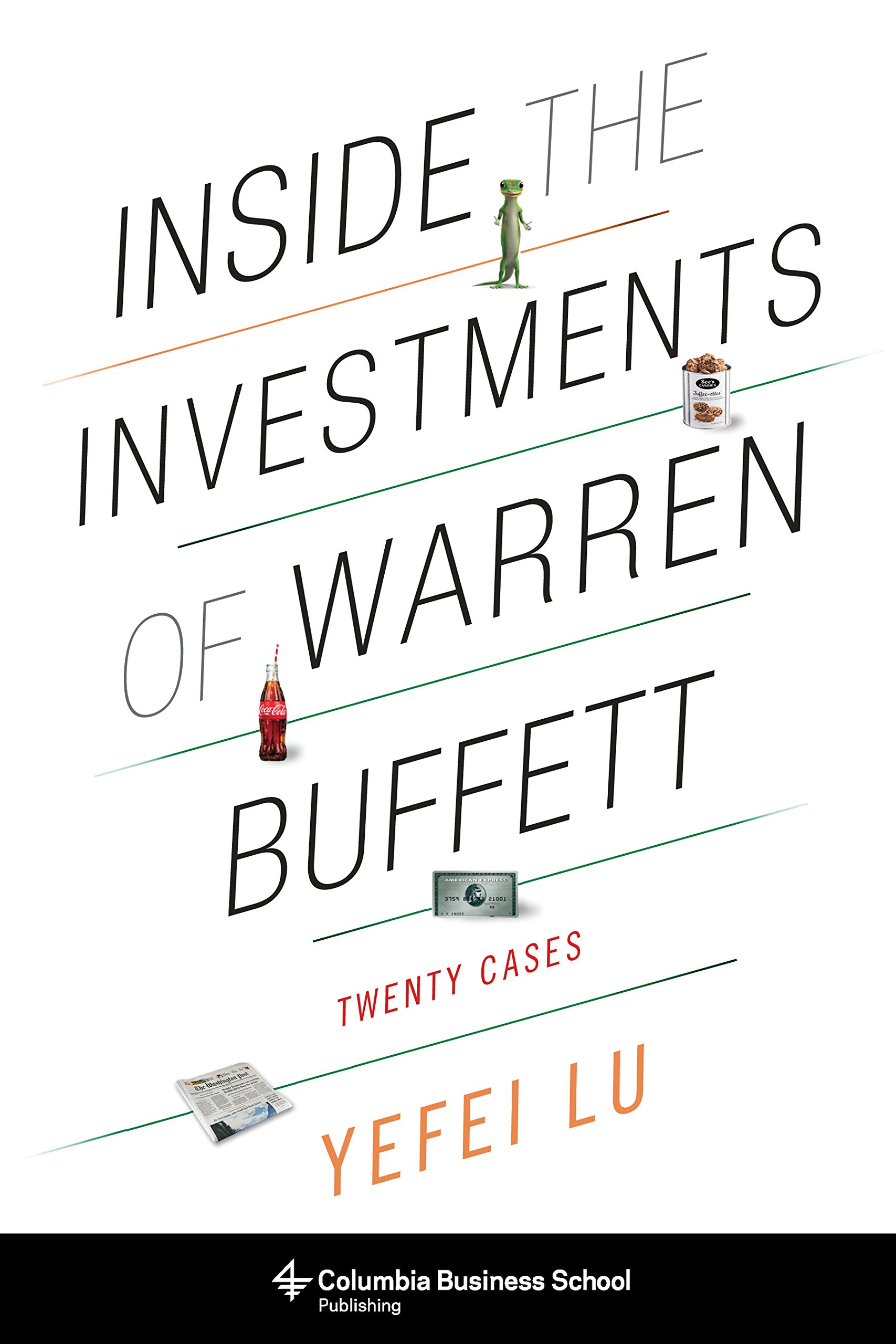
Writing books about Warren Buffett is a bit of a cottage industry, and one that is getting scarce for new ideas. ?This book takes a new approach because the author takes 20 companies that Buffett bought, and analyzes them himself using principles?derived from things Buffett has written.
That brings me to my first critique of the book. ?You are getting the author’s point of view for analysis, which is?somewhat similar to Buffett’s, but is usually not Buffett’s view. ?In a minority of?cases he references something Buffett wrote at the time. ?He did not interview Buffett for this book, which is normal for most books about Buffett.
Buffett didn’t typically do simple analyses, though by the end, he could simplify them to make it understandable to average people. ?I’m not saying Buffett’s math wasn’t simple; I am saying that he took great account of qualitative aspects of a business — honest & competent management, owner earnings (free cash flow), moats (sustainable competitive advantages), ability to reinvest excess earnings profitably, etc. ?The author takes account of many of these things much?of the time, but my view is that Buffett did more still. ?Also, Buffett spent more time on margin of safety issues than the author did.
My second critique is that the book is a lot?shorter than it looks. ?Many of the pages are filled with the financials of the companies being analyzed, and only a tiny portion of the data there is referenced by any analysis in the book. ?The book of 260 pages is more like 200 in total length. ?For some readers that will be a plus, for others a minus.
The book does well in picking a range of investments by Buffett in terms of success. ?Some of his less successful?decisions are here — Berkshire Hathaway itself, US Air, Salomon Brothers, Gen Re, and IBM. ?It also looks at investments where Buffett bought it all, and where Buffett bought part of a company. ?Additionally, it covers investments initiated over a long time, ranging from the partnership years to the present.
My third critique is that in addition to the financial data, there is occasionally more padding in the book than needed — an interview of?Buffett by?Matt Rose of BNSF stands out, though many of the descriptions of the businesses involved could have been tighter.
On the whole, it is a good book, giving the opinions of another value investor on twenty asset purchase decisions by Buffett. ?Those familiar with Buffett will probably want to pass by the book; better to read Buffett himself. ?Never investors could benefit from the author’s viewpoint, as it gives a consistent way to build a value investing philosophy in a single book.
Quibbles
Already mentioned.
Summary / Who Would Benefit from this Book
Those more experienced with Buffett’s own writings could ignore this book. ?Those who are newer to value investing could benefit. ?If you want to buy it, you can buy it here: Inside the Investments of Warren Buffett: Twenty Cases.
Full disclosure:?The publisher asked me if I wanted a free copy and I assented.
If you enter Amazon through my site, and you buy anything, including books, I get a small commission. This is my main source of blog revenue. I prefer this to a ?tip jar? because I want you to get something you want, rather than merely giving me a tip. Book reviews take time, particularly with the reading, which most book reviewers don?t do in full, and I typically do. (When I don?t, I mention that I scanned the book. Also, I never use the data that the PR flacks send out.)
Most people buying at Amazon do not enter via a referring website. Thus Amazon builds an extra 1-3% into the prices to all buyers to compensate for the commissions given to the minority that come through referring sites. Whether you buy at Amazon directly or enter via my site, your prices don?t change.
Fuller disclosure: long BRK/B for myself and clients
